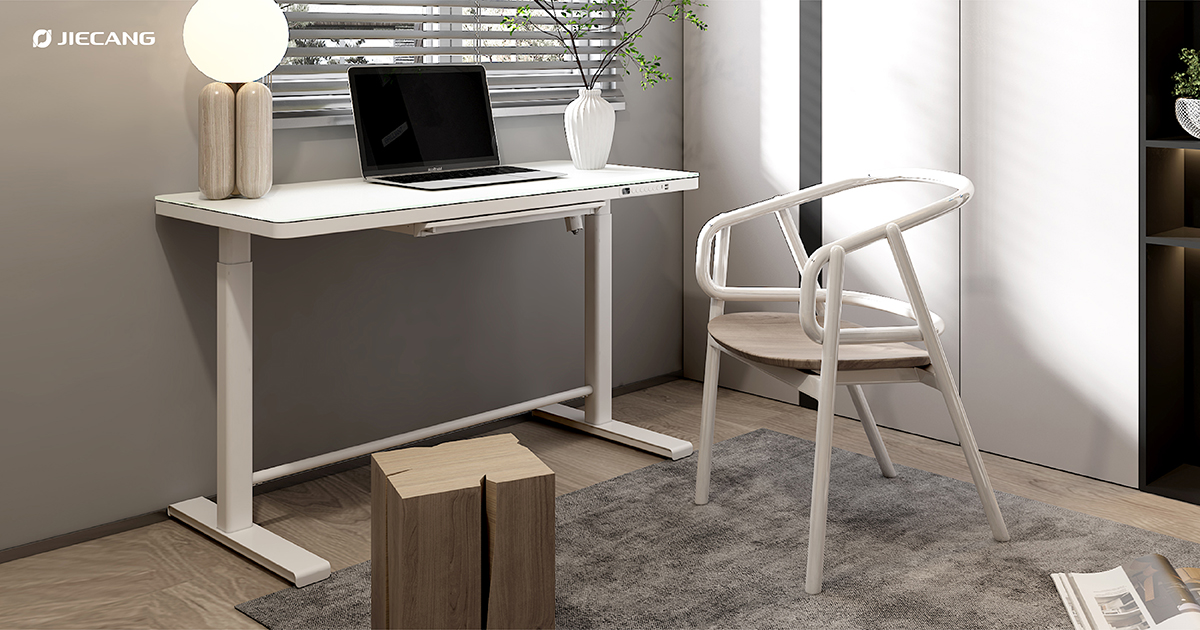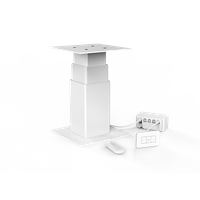- Home
-
- TF Integrated Workstation
- TT Integrated Station
- TS Single-Person Station
- TO Single-Person Station
- Advanced Office Table
- Manager Table
- Odette Conference Table
- Lifting White Board
- Lifting Podium
- Working Port
- Zen Standing Desk
- Lifting Coffee Table
- Home Standing Desk
- Nature Standing Desk
- Invictus Gaming Desk
- Study Desk
-
-
- Electric Hospital Bed
- Image Equipment
- Examination Bed/Clinic Bed
- Operation Table and Chair
- Infant Incubator
- Independent Weighing System
- Home Care Bed
- Patient Lift
- Wheelchair
- Toilet Lift
- Bath Lift
- Shower Trolley
- Smart Rollator Walker
- Ophthalmic Workstation
- Treatment Chair
- Facial Chair
- Traction Table
- Massage Chair
- OT Training Equipment
- Stand-up Application
- Rehabilitation Robot
-
-
- Photovoltaic Application
- Photothermal Application
- Energy Storage Container
- Tractor
- Seeder
- Fertilizer Spreader
- Harvester
- Rotary Cultivator
- Climate Control System
- Automatic Feeding System
- Excavator
- High Altitude Work Platform
- Garbage Truck
- Street Sweeper
- AMR Automated Guided Vehicle (AGV) and Autonomous Mobile Robot (AMR)
- Forklift Accessories
- Palletizing Collaborative Robots
- Packaging Machine
-
-
What are Ergonomic Stand Up Desk Frame Products?
Views: 0 Author: Site Editor Publish Time: 2024-03-12 Origin: Site
Definition and Purpose of a Standing Desk Frame
A standing desk frame is the structural foundation of a standing desk, designed to support the desktop surface and provide the mechanism needed to adjust the height of the desk. The primary purpose of a standing desk frame is to allow the user to alternate between sitting and standing positions while working, promoting better posture, reducing the risk of sedentary lifestyle-related health issues, and increasing productivity and comfort during work hours.
Standing desk frames typically come in two main types: manual and electric. Manual frames require physical adjustment to change the desk's height, often through a crank or pneumatic lift mechanism. Electric frames, on the other hand, use motors to adjust the height with the press of a button, offering a more convenient and seamless transition between sitting and standing.
The core function of a standing desk frame is to facilitate dynamic work postures. By enabling easy height adjustments, these frames allow users to customize their work environment to their ergonomic needs, reducing physical discomfort and the risk of developing musculoskeletal disorders associated with prolonged sitting, such as back pain and carpal tunnel syndrome. Additionally, standing desk frames are designed to accommodate various workspace setups and preferences, offering flexibility in desk size, shape, and functionality to suit individual and organizational needs.
Importance of Ergonomics in the Modern Workspace
Ergonomics in the modern workspace is no longer a luxury but a fundamental aspect that significantly influences productivity, health, and overall well-being of employees. As the nature of work has evolved, particularly with the increase in desk-bound jobs and the surge in remote work due to technological advancements, the importance of integrating ergonomic principles into the workspace has become more pronounced. Here's why ergonomics is crucial in today's work environment:
1. Reduces the Risk of Musculoskeletal Disorders
One of the primary reasons ergonomics is essential is its role in preventing musculoskeletal disorders (MSDs), such as carpal tunnel syndrome, tendinitis, and lower back pain. These conditions often arise from repetitive movements, awkward postures, and prolonged sitting or standing. Ergonomic workspaces are designed to promote natural posture, reduce strain on the body, and prevent the onset of these disorders.

2. Enhances Productivity
An ergonomic workspace is tailored to the user's needs, allowing for a smoother workflow and less unnecessary movement. Tools and equipment are within easy reach, and the workstation is adjusted to the user's height and preferences, minimizing fatigue and discomfort. This environment enables employees to work more efficiently and sustain high levels of productivity over longer periods.
3. Improves Employee Well-being
Comfortable and supportive work environments contribute to overall employee well-being. When workers are free from discomfort and pain, they are not only able to perform better but also experience improvements in mood and job satisfaction. This positive outlook can lead to a more harmonious workplace and reduce the incidence of work-related stress and burnout.
4. Decreases Absenteeism and Healthcare Costs
Investing in ergonomic solutions can have a direct impact on reducing absenteeism and associated healthcare costs. By preventing the development of chronic conditions and improving overall employee health, organizations can see a decrease in the need for medical interventions and time off work due to illness or injury.
5. Adapts to a Diverse Workforce
Modern workplaces are diverse, and ergonomics acknowledges that there is no one-size-fits-all solution to workspace design. Ergonomic principles allow for adjustments and customizations that can accommodate different body sizes, shapes, and preferences. This inclusivity ensures that all employees have an equal opportunity to work comfortably and efficiently.
6. Encourages a Culture of Health and Safety
By prioritizing ergonomics, organizations signal their commitment to health and safety. This can foster a culture where employees feel valued and cared for, leading to higher morale and loyalty. Furthermore, a strong health and safety culture can attract top talent who value these considerations in their working environment.
The importance of ergonomics in the modern workspace cannot be overstated. As we continue to navigate the challenges of modern work, the focus on ergonomic design will play a pivotal role in shaping healthy, productive, and sustainable work environments. Organizations that recognize and act on the importance of ergonomics will not only benefit from a healthier workforce but will also position themselves as forward-thinking and employee-centric.
About JIECANG Stand Up Desk Frame Products
JIECANG is a renowned name in the arena of ergonomic office solutions, particularly well-regarded for its high-quality standing desk frames. JIECANG's stand-up desk frames are designed with a focus on innovation, durability, and user comfort, catering to the growing demand for flexible and health-conscious work environments.
Product Range
JIECANG offers a diverse range of standing desk frames, including both single-motor and dual-motor options, to accommodate varying needs and budgets. Their products are known for:
Adjustable Height: The frames provide a wide range of height adjustments, making them suitable for users of all statues and accommodating both sitting and standing work positions.
Stability: Engineered for stability at all heights, JIECANG frames ensure that your workspace remains steady and secure, even at maximum elevation.
Load Capacity: With robust construction, these frames are built to support significant weight, allowing you to set up multiple monitors, heavy desktops, and other essential tools without worry.
Speed and Noise Level: JIECANG's standing desk frames adjust quickly and quietly, ensuring minimal disruption in the workplace or home office.
Innovative Features
JIECANG integrates several innovative features into its stand-up desk frames, such as:
Memory Settings: For ease of use, many models come with programmable memory settings, allowing users to save and easily switch between their preferred heights.
Anti-Collision Technology: To prevent damage or injury, some frames are equipped with anti-collision technology that detects obstacles and stops adjustments to avoid impact.
Energy Efficiency: The motors are designed to be energy-efficient, minimizing power consumption while delivering reliable performance.
Health and Productivity Benefits
JIECANG's standing desk frames are built around the concept that movement and flexibility contribute significantly to workplace health and productivity. By enabling users to easily switch between sitting and standing, these frames help to reduce the risks associated with prolonged sitting, such as back pain and other musculoskeletal issues.
Customization and Compatibility
Understanding that no one-size-fits-all, JIECANG offers customizable options to fit various desktops, making it easy to retrofit existing workspaces or design new ones according to specific dimensions and styles.
Commitment to Quality
JIECANG stands by its products with a commitment to quality and customer satisfaction. The company employs rigorous testing and quality control measures to ensure that each standing desk frame meets high standards of functionality and durability.
Whether you're outfitting a corporate office, creating a flexible home workspace, or upgrading educational facilities, JIECANG's stand-up desk frames provide a foundation for a healthier, more dynamic work environment. With a focus on ergonomic design, technological innovation, and customer needs, JIECANG continues to be a leader in the standing desk frame market, offering solutions that promote well-being and productivity.
QUICK LINKS



















